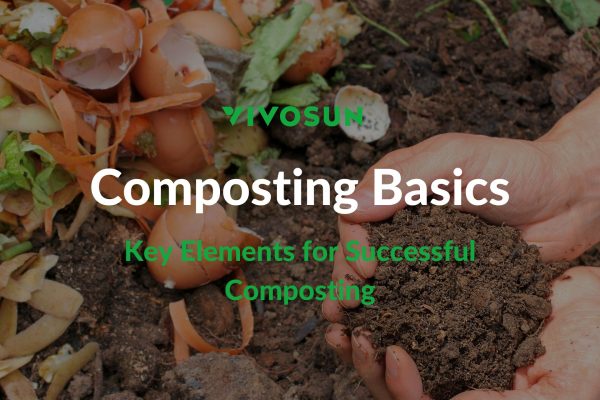Along with nitrogen, phosphorus is one of the macronutrients cannabis needs to thrive.
The Physiological Role of Phosphorus – The Effect of Phosphorus on Plants
Phosphorus is a building block of many important compounds in plants. Nucleic acids, nucleoproteins, phospholipids, and high-energy phosphate compounds all contain phosphorus. Phosphorus actively participates in various metabolisms in plants. Phosphorus can also improve plant stress resistance and adaptability to the external environment. Improve the drought resistance, cold resistance, pest resistance, lodging resistance, and adaptability of plants.
Phosphorus is the most important main component of nucleoproteins that make up the nucleus and protoplasm in plants and is an essential substance for normal cell division, energy metabolism, and heredity. It plays an extremely important role in the life processes of plant individual development, growth, reproduction, heredity, and variation.
Phosphorus can promote better photosynthesis of plants, and can also promote root development, which is beneficial to the early growth of seedlings and shortens the duration of the vegetative period. Phosphorus can make the stalks stronger and can also promote the formation of flower buds, improving the quality and yield of flower buds.

Effects of Phosphorus Deficiency – The Effect of Phosphorus on Plants
A deficiency of this element affects the plant in the following way:
- Delayed growth of the smallest leaves
- The stems, petioles, and other parts of the plant turn purple
- The most affected leaves become necrotic, turning purple or bronze, drying up and wrinkling, and finally falling down from the plant
- Buds are smaller and don’t develop as they should
- Plants are more susceptible to any type of pest or disease caused by fungi, insects, viruses…

Effects of Excessive Phosphorus – The Effect of Phosphorus on Plants
If the cannabis plant absorbs too much P element, the plant will develop P poisoning. Plants will stop absorbing other micronutrients such as calcium, magnesium, zinc, and iron. Nutrient burning occurs when plants absorb too much P, manifested by the following symptoms:
- Burnt-looking leaves (sometimes with spots)
- Yellowing leaf veins
- Curled leaf tips or edges
When the phosphorus element is lacking, the amount of phosphorus-containing fertilizer can be increased, and the pH value of the nutrient solution should be adjusted within a suitable range (5.5-6.5). When the phosphorus element is excessive, reduce the amount of fertilizer used, and wash the medium with clean water.
As always if you have any questions you can message our Instagram or Facebook and we’ll be glad to help you out! We’re happy you’re on this journey and we want to help in any way we can.
Subscribe to the VIVOSUN newsletter for growing tips, grower stories, and special offers, and get 12% off your first order!
We love the new VIVOSUN Smart Grow System and we are certain that you too will love it once you try it.
And join our Facebook farmer’s community for even more exclusive contests and prizes!
Download VIVOSUN App to get 18% off and explore more information!







